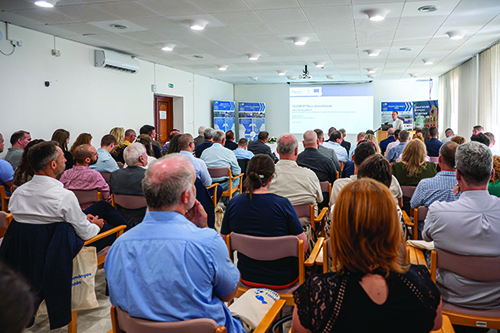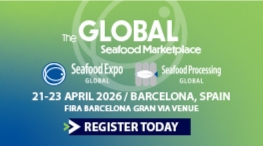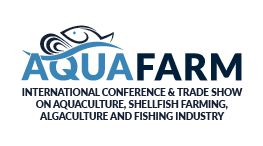This article was featured in Eurofish Magazine 4 2025.
The Fisheries Research Center of the Institute of Aquaculture and Environmental Safety at the Hungarian -University of Agriculture and Life Sciences (MATE) hosted the 49th Fisheries Science Conference on June 3–4, 2025, in Szarvas. Nearly 160 guests participated in the two-day event which saw 30 presentations and 16 poster displays across nine thematic sessions. Dr Gergő Gyalog, Head of the Fisheries Research Center (HAKI), officially opened the conference. Welcoming remarks were delivered by Dr Katalin Virág Sipos, Deputy Director General of the MATE Szent István Campus; Gábor Csörgits, Head of the Fisheries Department at the Ministry of Agriculture; and Pál Hodálik, Mayor of Szarvas. Following the opening ceremony, Szabolcs Szigeti, Deputy State Secretary responsible for the implementation of the Common -Agricultural Policy and Head of the MAHOP Managing Authority, presented the current and planned measures of the MAHOP Plus program. Professor István Szűcs from the University of Debrecen gave an engaging lecture on innovation and the challenges and opportunities facing innovative development in the domestic aquaculture sector.
For the second time in the conference’s history, a panel discussion of the Hungarian Aquaculture -Technology and Innovation Platform (HUNATiP) was held, where sector representatives openly discussed the future of fisheries. Topics included carp production, market organisation, strengthening the value chain, and the prospects for sustainable intensification. The nearly ninety-minute discussion concluded with a shared commitment that HUNATiP would support the sector’s integration into European innovation processes. Innovation was identified as a key to improving the sustainability, competitiveness, and resilience of fisheries, as well as a cornerstone of the successful implementation of the MAHOP Plus program. After the plenary sessions and the panel discussion, both Hungarian and international researchers presented their latest findings and innovations in various sessions and poster displays, conducted in Hungarian and English. This year, the program again featured discipline-based sections, including technology and feeding, reproductive biology and genetics, fish health, and hydrobiology. Additionally, dedicated sessions focused on social and environmental aspects of fisheries research, and many presentations highlighted innovative practical solutions—which were warmly welcomed by attendees.









